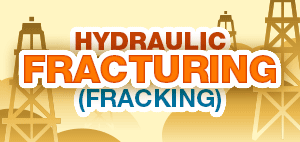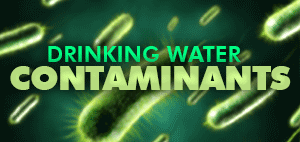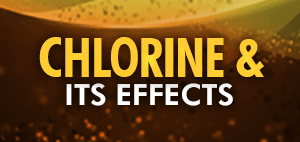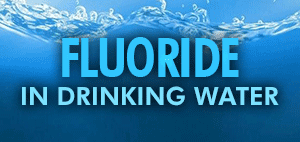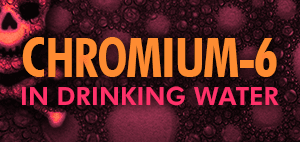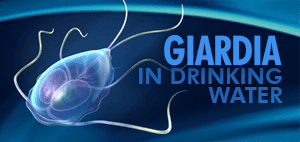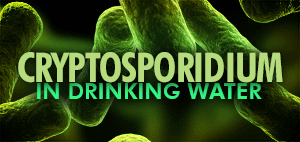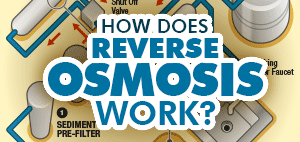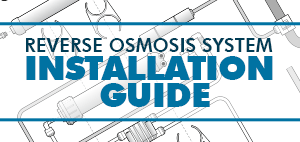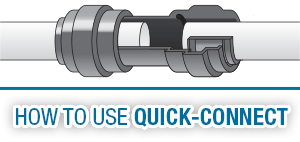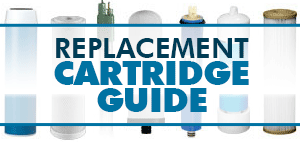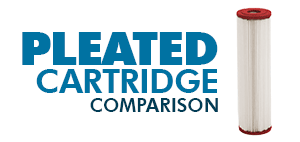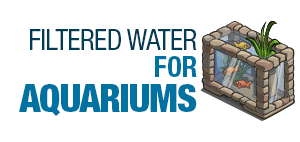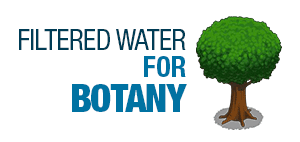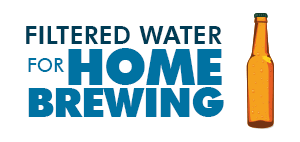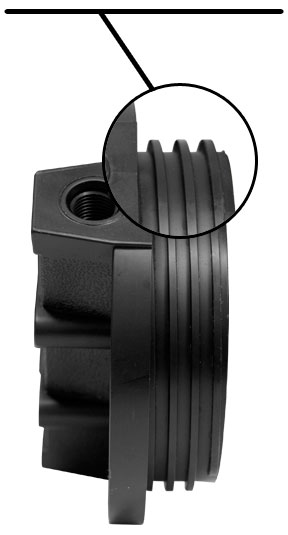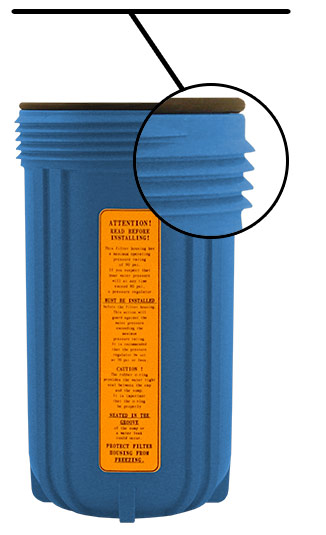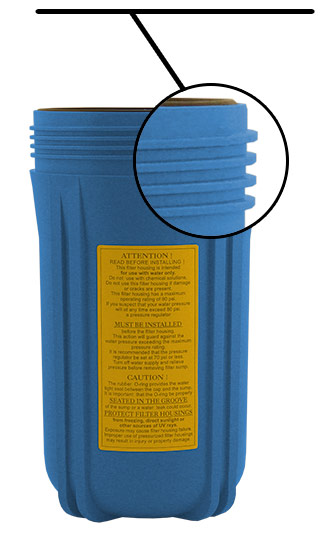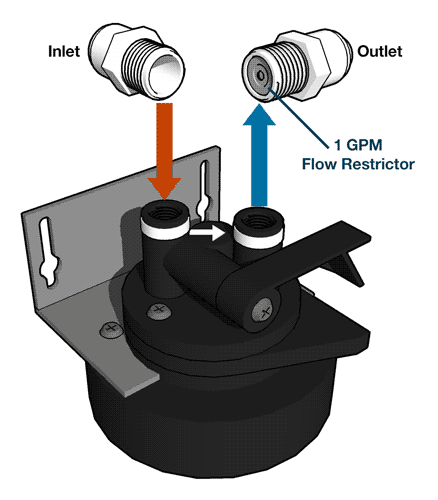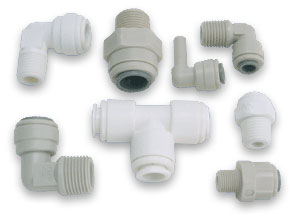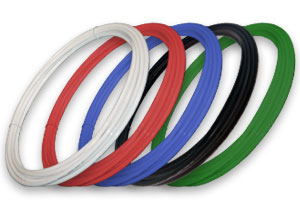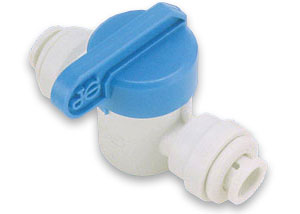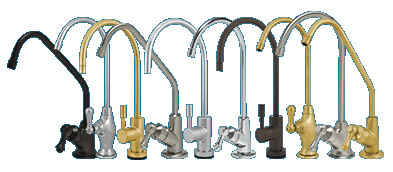What is Lead and Why Is It In My Water?
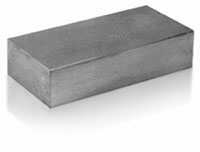 Lead is a soft, metallic element with a dull grey appearance and is used in construction, bullets, some types of batteries, and radiation shields. Lead is a neurotoxin and is poisonous to humans and animals when it builds up in bones and tissues.
Lead is a soft, metallic element with a dull grey appearance and is used in construction, bullets, some types of batteries, and radiation shields. Lead is a neurotoxin and is poisonous to humans and animals when it builds up in bones and tissues.
Lead can be found in the soil & atmosphere, which can be naturally occurring or from pollution, can seep into groundwater. Acidic water and water systems that use chloramines to disinfect drinking water can erode pipes and pluming fixtures which may contain lead.
Lead in drinking water was discovered as a major problem around the Washington DC area in 2004. It was found that DC’s water was 83 times higher than the acceptable limit of lead. After more investigations it was found that the CDC was misreporting lead levels in water supplies all over the country, which led to changes in the EPA’s policies.
What are the Health Effects of Lead Exposure?
Lead has been mined and used by humans for thousands of years and was only recently discovered in the last few decades. Lead can accumulate in the body’s soft tissue and bones and cause poisoning, disrupt body processes, and is toxic to many internal organs. Symptoms of lead poisoning are irritability, confusion, headaches, abdominal pain and comas, seizures & even death in extreme cases.
"There is no known safe level of exposure to lead."
Infants and small children are at greater risk due to being constantly developing and higher absorption from a smaller body mass. Lead is particularly damaging to the nervous system, which can cause learning and behavior disorders. Pregnant mothers with high blood lead content may cause poisoning in infants, and are more likely to have a low birth weight or premature birth.
Reduction Of Lead In Drinking Water Act
In 2011 Congress enacted the Reduction of Lead in Drinking Water Act to amend the Safe Drinking Water Act’s section regarding the use and introduction into commerce of lead pipes, plumbing fittings or fixtures, solder and flux. The Act established a prospective effective date of January 4, 2014, which provided a three year timeframe for affected parties to transition to the new requirements. All of the metal fixtures and fittings sold by H2O Distributors are compliant with this act.
Reduction of Lead in Drinking Water Act [ Requires Adobe Acrobat Reader ]
Lead Removal From Drinking Water
Boiling your water will not remove lead from it. Most systems with thin film composite membranes will reduce lead levels in drinking water, like reverse osmosis, under sink, and most Everpure systems.
Reverse Osmosis Water Filters Everpure Systems and Cartridges Aries Filter Works Pentek Inline Filters KDF/GAC Filters
NSF 53, 58 or
62 Certified
From NSF.org
NSF/ANSI Standard 53: Drinking Water Treatment Units – Health Effects
Overview: Standard 53 addresses point-of-use (POU) and point-of-entry (POE) systems designed to reduce specific health-related contaminants, such as Cryptosporidium, Giardia, lead, volatile organic chemicals (VOCs), MTBE (methyl tertiary-butyl ether), that may be present in public or private drinking water.
NSF/ANSI Standard 58: Reverse Osmosis Drinking Water Treatment Systems
Overview: This standard was developed for point-of-use (POU) reverse osmosis (RO) treatment systems. These systems typically consist of a pre-filter, RO membrane, and post-filter. Standard 58 includes contaminant reduction claims commonly treated using RO, including fluoride, hexavalent and trivalent chromium, total dissolved solids, nitrates, etc. that may be present in public or private drinking water.
NSF/ANSI Standard 62: Drinking Water Distillation Systems
Overview: Standard 62 covers distillation systems designed to reduce specific contaminants, including total arsenic, chromium, mercury, nitrate/nitrite, and microorganisms from public and private water supplies.
Sources of Information on Lead
- Wikipedia – Lead
- EPA – Lead in Drinking Water
- CDC – Lead in Drinking Water
- Wikipedia – Lead Contamination in Washington, DC
The foregoing information was compiled from the the links listed above.





